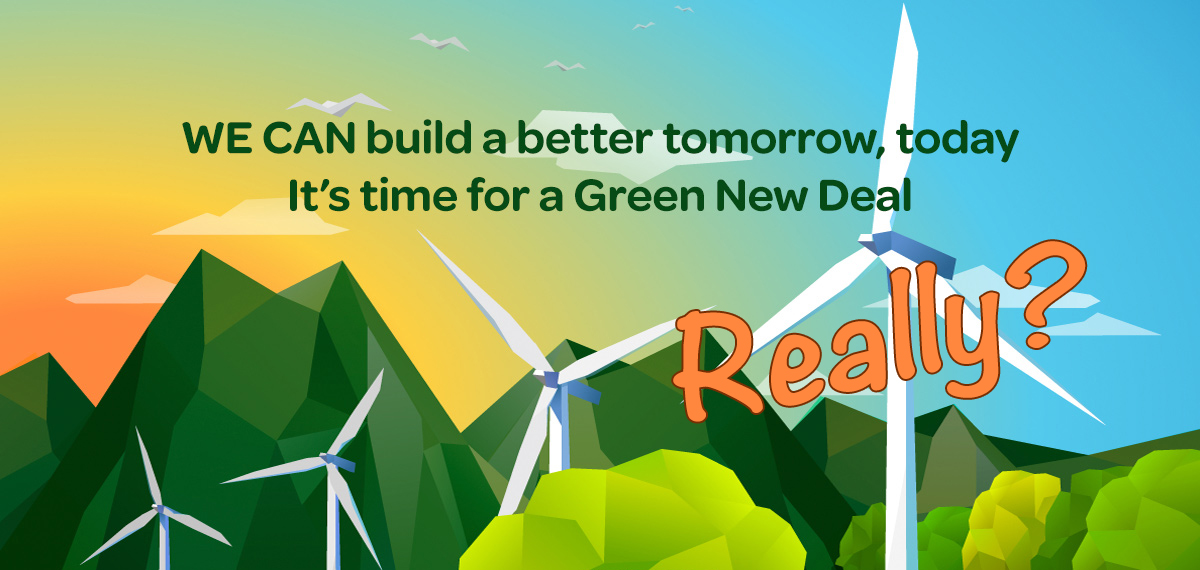Kerby Anderson
One of the hot ideas in the progressive world is the Green New Deal. It’s a term reminiscent of FDR’s New Deal of the 1930s but is even bolder in its approach. For the next year or so we will hear Democratic candidates talk about it and perhaps even include it in the 2020 Democratic platform.
If people take a moment to sit down and read it, they would reject it. But since most of us don’t have the time, let me summarize two key points. First, the plan would “cut military spending by at least half” and withdraw US troops from overseas. Let me give you the numbers. We have 1.3 million active-duty troops, and another 865,000 reserves and another 680,000 civilian employees. Cutting spending by at least half would put about a million military personnel out of work. Also, do we really think withdrawing troops from South Korea or the Middle East is a good idea?
Second, the plan would require the eventual elimination of all fossil fuels and even nuclear power. Natural gas produces 32 percent of America’s energy. Oil and liquid natural gas produces an additional 28 percent. Coal provides nearly 18 percent, and nuclear produces another 10 percent. In about a decade, we are supposed to replace 88 percent of America’s current energy sources.
Americans might also want to examine the history of the New Deal. Jonah Goldberg reminds us that FDR campaigned to fight the Great Depression with industrial policies and a militarized workforce. The New Deal then, and certainly the Green New Deal now, would have to increase government power over people and their liberties.
Some politicians might like the sound of a Green New Deal. But I can assure you, that you wouldn’t like what these policies would do to you and your lifestyle.
 Listen Online
Listen Online Watch Online
Watch Online Find a Station in Your Area
Find a Station in Your Area












 Listen Now
Listen Now Watch Online
Watch Online
